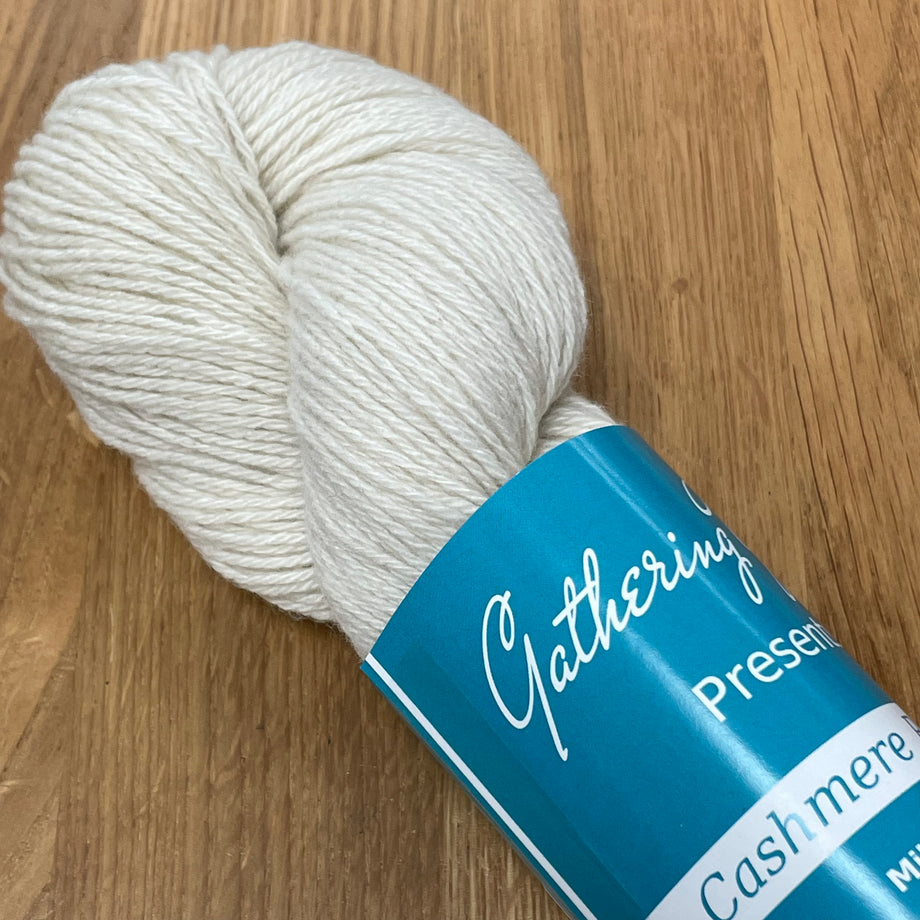Exploring the Various Kinds Of Cashmere a Natural Fiber for Ultimate Deluxe
Cashmere, a natural fiber, is frequently connected with deluxe and convenience. The much more inexpensive Chinese cashmere, the typical Scottish variant, and the high-end Italian mix, all inform a different story of this remarkable fiber.
Comprehending the Glamorous Nature of Cashmere
Cashmere, frequently connected with high-end and convenience, holds a special appeal on the planet of natural fibers. This soft, lightweight material is wanted for its remarkable heat and amazing durability. Unlike other natural fibers, cashmere combines insulation with breathability, using unequaled comfort throughout differing temperatures. Its shiny coating and soft texture contribute to its premium allure, validating the premium rate that commonly features cashmere garments. Furthermore, cashmere's intrinsic wrinkle resistance and flexibility improve its worth, making it a favored choice for costs garments and accessories. Despite its delicate appearance, cashmere possesses an unusual strength, able to retain its form and glamorous feel gradually. This unique mix of attributes cements cashmere's setting as a sign of sophistication and extravagance.
Just What Is Cashmere and Where Does It Come From?

Provided these extraordinary high qualities, one could question the origin and makeup of this elegant fiber. Cashmere is stemmed from the soft undercoat of cashmere goats, largely found in Mongolia, China, Iran, and Afghanistan - is cashmere a natural fiber. These goats are adapted to harsh weather problems, producing an extremely fine, soft underfur as a protection versus the bitter cold. This underfur, or undercoat, is what is collected for cashmere. Each springtime, when the goats naturally dropped their winter layer, farmers brush out the fine underhair, leaving the coarser hair behind. This meticulous procedure adds to the deficiency and high price of cashmere. With its origin in the harsh landscapes of Asia, cashmere is a testament to nature's capacity to generate high-end from adversity.
Translating the Various Sorts Of Cashmere
Understanding the various kinds of cashmere is vital to valuing the high quality and one-of-a-kind attributes of this extravagant textile. Normally, cashmere is categorized into three kinds: raw, virgin, and reused. Raw cashmere is straight acquired from the goat and is unrefined. This type commonly contains contaminations such as dirt and rugged hair. Virgin cashmere, on the other hand, is the pure, unrecycled product that is spun right into thread for the very first time. It is the softest and most glamorous. Finally, recycled cashmere is made from virgin material that important link has been formerly utilized. It is re-spun and made use of in creating lower-cost cashmere items. Deciphering these types is the primary step in comprehending the exclusivity and value of cashmere.

The Unique Qualities of Each Sort Of Cashmere
Having checked out the various groups of cashmere, it becomes noticeable that each kind flaunts its one-of-a-kind collection of qualities. Mongolian cashmere, for example, is renowned for its exceptional high quality, due to Mongolia's severe winter seasons that create longer and finer fibers. Alternatively, Chinese cashmere is usually extra affordable, though its shorter fibers can lower durability. Scottish cashmere is celebrated for its exquisite softness, an outcome of the typical water cleaning process using Scotland's soft water. Italian cashmere, meanwhile, is renowned for its skillful blending and tinting strategies, making it functional and vivid. Indian cashmere, additionally known as Pashmina, is valued for its amazing lightness and heat. Each type, hence, adds to the fabric's reputation for deluxe.
Why Cashmere Is the Embodiment of Luxury in Fashion
Cashmere holds a well-regarded position on the planet of style, considered an icon of luxury and class. Its allure is not just in its soft qualities and warmth, however additionally in its rarity and the meticulous procedure associated with its purchase. Cashmere is originated from the fine undercoat of Himalayan goats, understood for their remarkable top quality fiber. The scarcity of this fiber, integrated with the labor-intensive procedure of collection, adds to its high price and special condition. In addition, cashmere's exceptional comfort and toughness make it a desired material in the creation of high-end garments. Its natural lightweight and protecting properties try these out add to its charm, making it the embodiment of high-end in style.
The Refine of Making Cashmere: From Goat to Garment
The trip of cashmere, from being an undercoat of a Himalayan goat to an extravagant garment, is an elaborate one. This mix is then meticulously separated, with only the soft down used for cashmere. From goat to garment, each action is a testimony to the creativity, ability and persistence included in my sources crafting cashmere.

Verdict
In verdict, cashmere, with its all-natural sophistication and unequaled comfort, preponderates on the planet of deluxe style. The diversity in types, varying from the soft Mongolian, lightweight Indian Pashmina, budget-friendly Chinese, conventional Scottish, to the colorful Italian, exposes the versatility of this all-natural fiber. The scrupulous procedure of changing it from a goat to a garment even more includes to its exclusivity, making cashmere the embodiment of sophistication and deluxe.
Cashmere, an all-natural fiber, is typically associated with deluxe and comfort (is cashmere a natural fiber).Cashmere, often linked with luxury and convenience, holds an one-of-a-kind allure in the globe of all-natural fibers. Unlike other all-natural fibers, cashmere combines insulation with breathability, using unrivaled comfort throughout varying temperature levels. Cashmere is derived from the soft undercoat of cashmere goats, mostly found in Mongolia, China, Iran, and Afghanistan. Cashmere is obtained from the fine undercoat of Himalayan goats, known for their premium high quality fiber